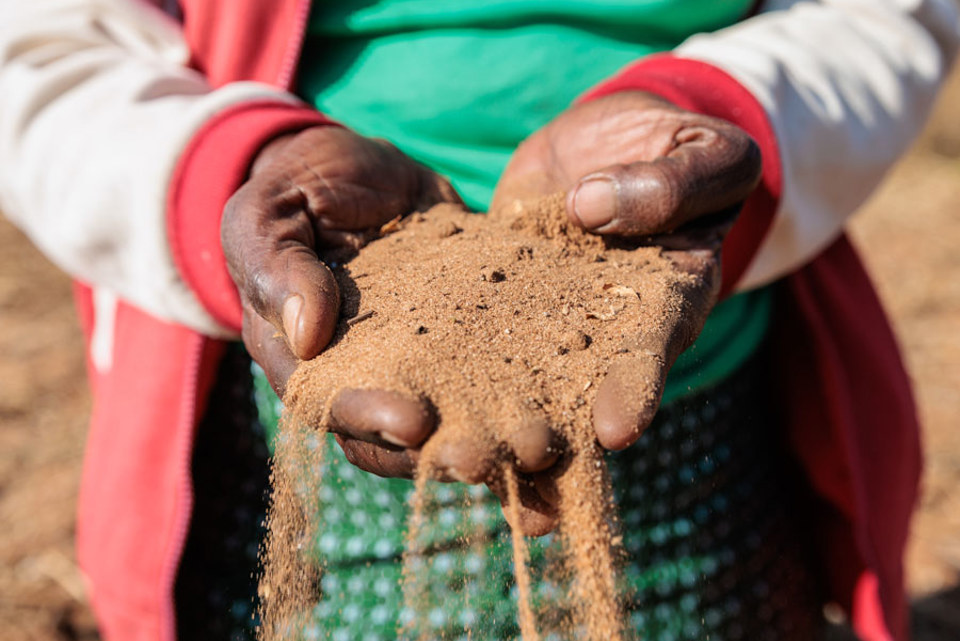Global Issues
Emergencies: our programs provide urgent relief

Global impact of emergencies and humanitarian crises
91%
of storm-related fatalities were recorded in low- or middle-income countries between 1998-2018.
192%
In the past 30 years, the number of people living in cyclone-prone areas has increased by 192%.
2011-2020
The period 2011-2020 was the warmest decade on record.
1 in 5
Nearly one in five people affected by a humanitarian crisis will experience depression, anxiety, post-traumatic stress disorder and other mental illnesses.
Natural disasters and extreme poverty
Natural disasters can cause widespread devastation to communities already dealing with the challenges of extreme poverty. People who live in communities with poor infrastructure and inadequate health care are particularly vulnerable to natural disasters. Between 1998-2018, 91% of storm-related fatalities were recorded in low- or middle-income countries.
In the immediate aftermath of a disaster, people without access to clean water may risk contracting waterborne diseases. Mass hospitalisations can also put enormous strain on a country’s health system, leaving vulnerable communities without access to essential health care.

Devastation in the aftermath of Typhoon Goni. Credit: Rex Paul Arjona

Flooding in aftermath of Typhoon Goni in the Philippines. Credit: NASSA/Caritas Philippines.
Extreme weather events increasing
Extreme weather events and climate emergencies have increased in frequency, intensity and severity over the past two decades, hitting vulnerable communities disproportionately hard, according to the United Nations.
Environmental changes affect everyone – but for vulnerable, marginalised communities, the impact of natural disasters can drive communities further into poverty. In low-lying communities, rising sea levels are threatening to submerge entire villages, forcing people to relocate. Destructive cyclones, floods and earthquakes are devastating countries in Asia and the Pacific. Prolonged droughts, exacerbated by environmental changes, have led to food shortages in many parts of Africa.
Through our Catholic EarthCare Australia program, we seek to amplify the voices of communities whose lives have been directly impacted by climate emergencies.
“Listen to the cry of the Earth and the cry of the poor, who suffer most because of the unbalanced ecology.”
Droughts can increase food insecurity
Some emergencies are not as spontaneous as an earthquake or a typhoon, but the effects are just as devastating.
Internal conflict and extreme weather events on the African continent have affected millions of people. Since 2018, a chronic drought has affected the southern part of Africa, with countries such as Zimbabwe facing severe food shortages. An estimated 7.7 million people – almost half of Zimbabwe’s population – experienced food insecurity in 2020.
Long-term drought has destroyed the crops of many rural farming communities that rely on agricultural production for food, nutrition and income. This also impacts children and women, who may need to walk longer distances to collect water and food for their families.

Priscilla clutches dry soil amidst a drought on her farm in Zimbabwe. Photo: Richard Wainwright/Caritas Australia
COVID-19: a global health emergency
Since 2020, the world has been dealing with an unprecedented health emergency, the COVID-19 pandemic. As with natural disasters, early action and preventative measures are crucial to minimise the impact of COVID-19 and avoid catastrophic loss of life.
A shortage of face masks and PPE (Personal Protective Equipment) in vulnerable communities means that local communities, including frontline workers are at risk of contracting the virus. Health care systems have been overwhelmed, as hospitals struggle to keep up with the exponential rise in cases.

Halima (right) showing her children how to use a hand washing station in her Rohingya refugee camp in Cox’s Bazaar region of Bangladesh in August 2020. Photo credit: Inmanuel Chayan Biswas/Caritas Bangladesh.

Aloma (right) has been part of the Intergrated Community Development (ICD) project run by Caritas Australia partner SPACFI: the Socio-Pastoral Action Center Foundation Inc. (SPACFI) since 2011. Through the program, Aloma received training in environmental conservation and protection and in Disaster Risk Reduction. She also received first aid and rescue training along with simple bookkeeping skills and is now the treasurer of the Baranguy Pag-Asa DRR Committee. Photo credit: Richard Wainwright/Caritas Australia.
Building resilience through Disaster Risk Reduction (DRR)
Disaster Risk Reduction (DRR) is one of the ways to strengthen resilience in communities so they are better prepared for future emergencies.












